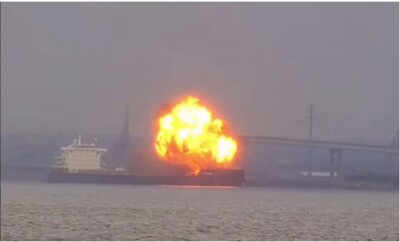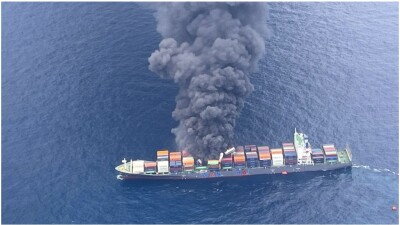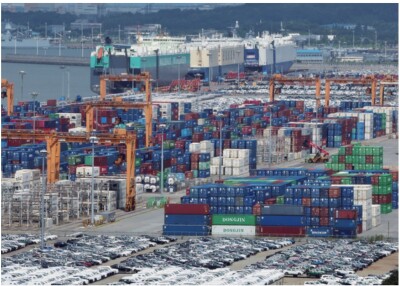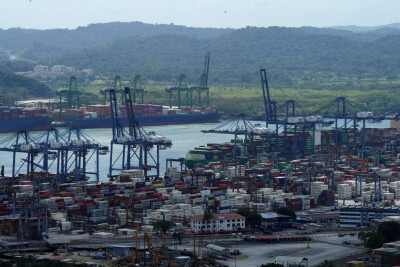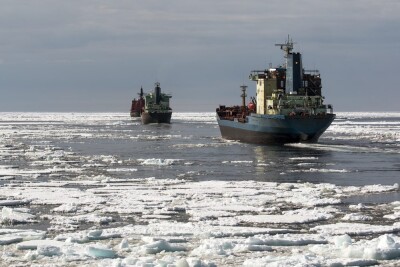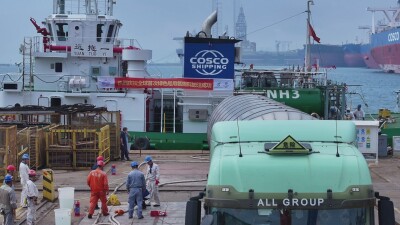Container market sends mixed signals as charter rates hold firm, spot rates slide
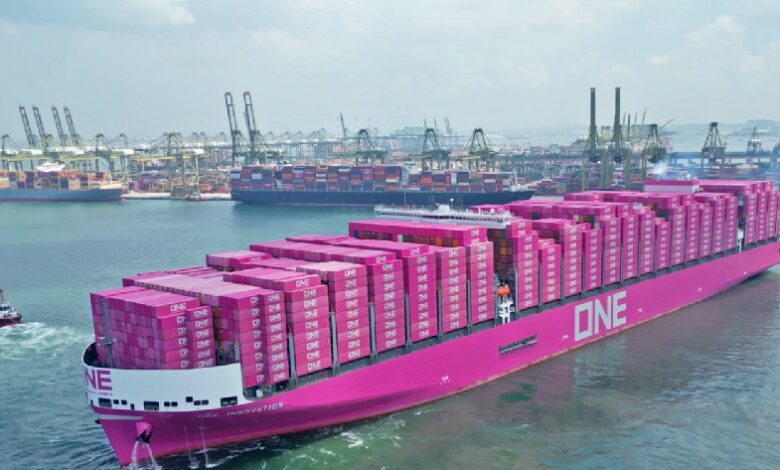
Container shipping is giving out misleading signals. On the one hand, time charter rates are at highs never experienced outside the covid era, while spot rates have been on a decline for nine straight weeks. Likewise, global liners are muddying the outlook – one raising its full-year forecast, while another has decided to lower its own 2025 financial projections.
The Containership Timecharter Rate Index handled by Clarksons Research is standing firm at 198 points, the highest level seen outside of the covid period.
Analysts working for Hamburg’s New ConTex, a tracker of container time charters, note levels across all segments remain firm and healthy for rates and periods fetched.
“Despite the summer season, the charter market continues to hold its ground, with rates stable across most segments and a decent level of activity,” commented broker Braemar.
On the spot market, however, the markets have been in a long decline. The overall Shanghai Containerised Freight Index fell back by 4% week-on-week last Friday to 1,490 points, the ninth consecutive week of declines for the index, now 60% below the highs seen last summer. Notably, rates on the transpacific eastbound have now returned to pre-Red Sea rerouting levels.
Maersk, the world’s second-largest container line, surprised last week when it raised its full-year forecast after stronger-than-expected container demand offered a bright spot amid persistent trade tensions. The company now projects 2025 EBITDA of $8bn to $9.5bn, up from the previous $6bn to $9bn range, with CEO Vincent Clerc remarking of the year to date: “Even with market volatility and historical uncertainty in global trade, demand remained resilient”
Japan’s Ocean Network Express (ONE), the world’s sixth-largest liner, went the other way at the start of the month, slashing $400m off its full-year forecast with CEO Jeremy Nixon citing ongoing geopolitical and economic challenges.
Liner shipping is having to face up to what looks like many upcoming years of overcapacity.
From an index baseline of 100 in 2019, the global shipping fleet size now stands at 145 points, according to data from Xeneta, a freight rate platform. In the same period, global container shipping demand has increased from a baseline of 100 points to just 113 points.
Even when factoring in the impact of the ongoing diversions around the Cape of Good Hope using teu-miles, demand has still only increased to 130 points, far shy of the supply growth.
“Carriers face an immense challenge in preventing freight rates from falling further against this backdrop of significant overcapacity in the global fleet,” Xeneta warned in a recent report.
“Containership fleet growth will continue to outpace demand growth, with excess supply projected to persist through 2029,” analysts at Linerlytica argued in a recent report.
News





